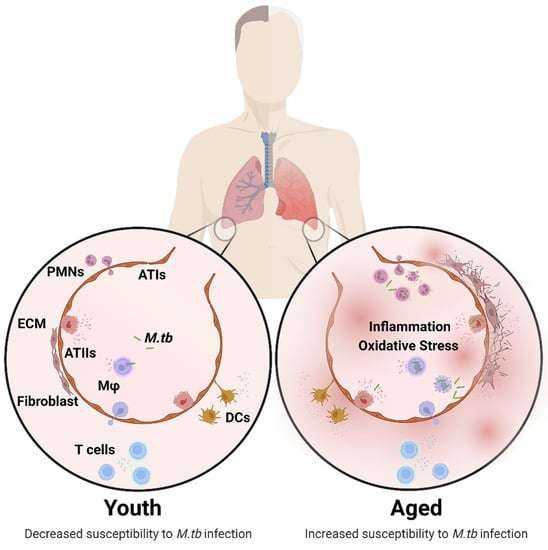Title: Tuberculosis: Understanding Signs, Symptoms, Causes, Risk Factors, Diagnosis, Prevention, Diet, Lifestyle, and Homoeopathic Medicine
Introduction:
Tuberculosis (TB) is an infectious disease caused by the bacteria Mycobacterium tuberculosis. It primarily affects the lungs but can also target other parts of the body. Understanding the signs, symptoms, causes, risk factors, diagnosis methods, prevention strategies, and the potential role of homoeopathic medicine is crucial for effectively managing tuberculosis. In this blog post, we will delve into the key aspects of tuberculosis and explore its holistic approach to treatment.
Signs and Symptoms of Tuberculosis:
1. Persistent cough: Lasting for more than two weeks, often producing phlegm or blood.
2. Fatigue and weakness: Feeling constantly tired and lacking energy.
3. Weight loss: Unintentional weight loss, sometimes accompanied by decreased appetite.
4. Night sweats: Excessive sweating, particularly during sleep.
5. Fever and chills: Mild to high-grade fever, often accompanied by chills.
6. Chest pain: Pain or discomfort in the chest while breathing or coughing.
Causes of Tuberculosis:
Tuberculosis is primarily caused by the bacteria Mycobacterium tuberculosis. It is transmitted from person to person through the air when an infected individual coughs, sneezes, or speaks. Factors that increase the risk of contracting tuberculosis include:
1. Weakened immune system: HIV infection, malnutrition, and certain medical conditions can weaken the immune system, making individuals more susceptible to tuberculosis.
2. Close contact with infected individuals: Living or working in close proximity to someone with active tuberculosis increases the risk of transmission.
3. Crowded living conditions: Overcrowded environments, such as prisons or homeless shelters, increase the likelihood of exposure to tuberculosis bacteria.
4. Travel to high-risk areas: Traveling to regions with a high prevalence of tuberculosis can increase the risk of infection.
Diagnosis of Tuberculosis:
Diagnosing tuberculosis involves a combination of clinical evaluation, medical tests, and laboratory analysis. The following methods are commonly used:
1. Tuberculin skin test (TST): A small amount of purified protein derivative (PPD) is injected under the skin, and the reaction is assessed after 48 to 72 hours.
2. Interferon-gamma release assays (IGRAs): Blood tests that measure the release of interferon-gamma in response to tuberculosis-specific antigens.
3. Chest X-ray: Imaging of the chest to identify abnormalities in the lungs.
4. Sputum tests: Examination of the sputum for the presence of tuberculosis bacteria through microscopy, culture, or molecular tests.
Prevention of Tuberculosis:
Preventing tuberculosis involves a combination of strategies, including:
1. Vaccination: The Bacillus Calmette-Guérin (BCG) vaccine offers partial protection against severe forms of tuberculosis, particularly in children.
2. Infection control measures: Proper ventilation, use of masks, and isolation of infected individuals in healthcare settings can minimize the spread of tuberculosis.
3. Early detection and treatment: Prompt diagnosis and treatment of active tuberculosis cases can reduce transmission and prevent the development of drug-resistant strains.
4. Screening high-risk populations: Regular screening of individuals at high risk of tuberculosis, such as healthcare workers or those with weakened immune systems, can help identify cases early.
Diet and Lifestyle Considerations:
Maintaining a healthy lifestyle and dietary habits can support the immune system and overall well-being during tuberculosis treatment. Consider the following recommendations:
1. Balanced diet: Consume a nutritious diet rich in fruits, vegetables, whole grains, lean proteins, and healthy fats to support the body's immune response.
2. Adequate hydration: Drink plenty of fluids to stay hydrated and support the body's natural detoxification processes.
3. Rest and sleep: Ensure sufficient rest and quality sleep to aid in recovery and promote overall health.
4. Stress management: Practice stress-reducing techniques such as meditation, deep breathing exercises, or engaging in activities that promote relaxation.
Homoeopathic Medicine for Tuberculosis:
Homoeopathic medicine can play a supportive role in tuberculosis treatment, helping to strengthen the immune system and alleviate symptoms. Some commonly used homoeopathic remedies for tuberculosis include:
1. Tuberculinum: Indicated for individuals with a family history of tuberculosis or a weakened constitution.
2. Phosphorus: Recommended for individuals with a tendency to develop lung infections and respiratory symptoms.
3. Silicea: Useful for individuals with a low immune response and a tendency to develop recurrent infections.
It is important to consult a qualified homoeopathic practitioner for an accurate diagnosis and individualized treatment plan based on your specific symptoms and overall health.
Conclusion:
Tuberculosis is a significant global health concern, but with early detection, appropriate treatment, and preventive measures, its impact can be minimized. By understanding the signs, symptoms, causes, risk factors, diagnosis methods, prevention strategies, and considering the potential role of homoeopathic medicine as a complementary approach, individuals can effectively manage tuberculosis and promote recovery. Remember to consult healthcare professionals for an accurate diagnosis and to create a comprehensive treatment plan tailored to your specific needs.



Leave a Message